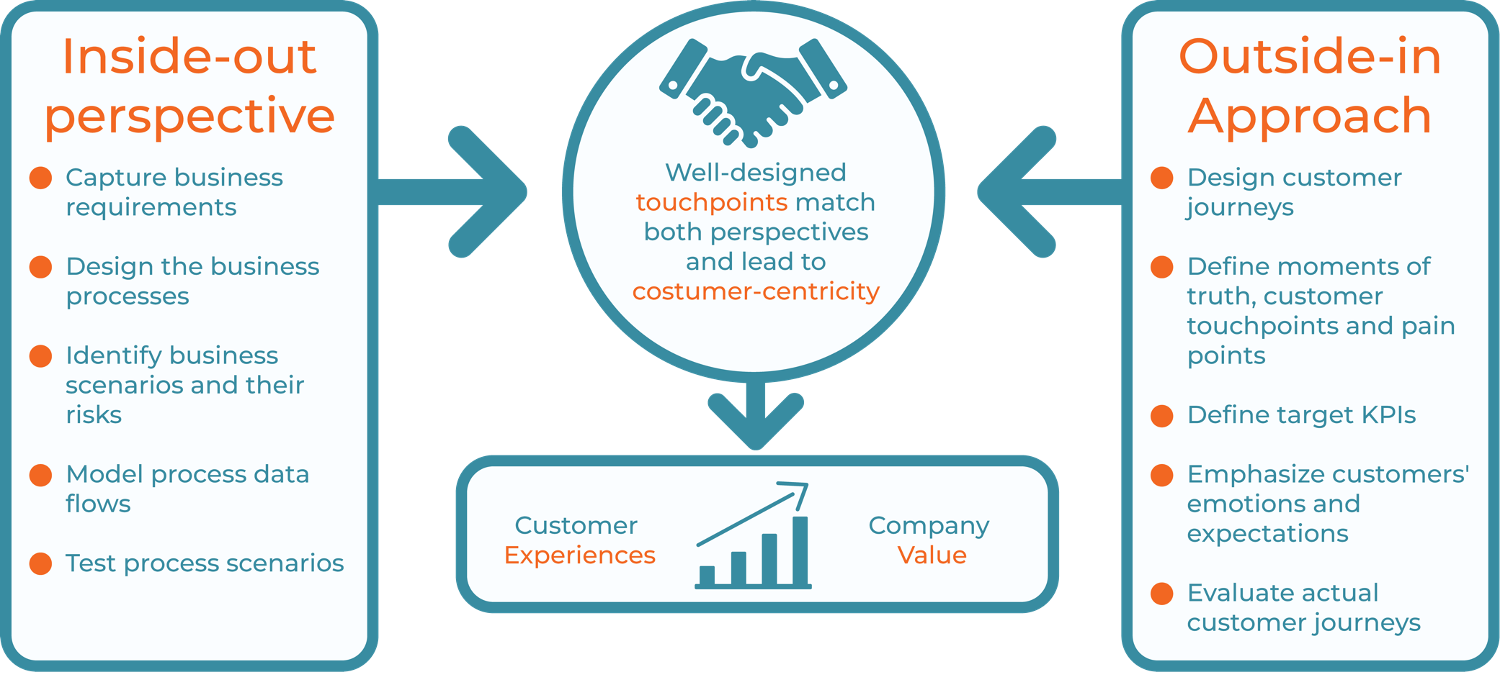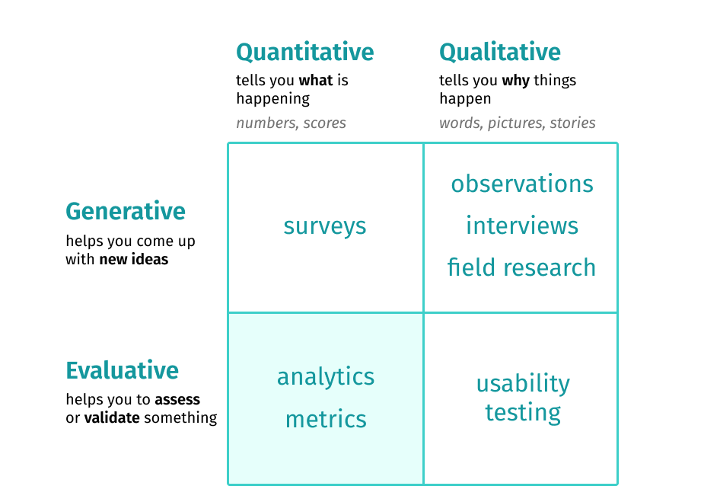How to Measure your Customer Experience Initiatives
Vaishali Dialani - Senior Customer Experience Strategist
5 Dec 2022
As we work towards making conscious decisions about our product and services by enhancing the experiences we offer, the most commonly asked question by diverse stakeholders is "how well did the initiative perform?"
Picking the right metrics to measure
Most of the time, when we think about evaluating our customer experience (CX) initiatives, the first few metrics that pop in our heads are always Net Promoter Score (NPS), Customer Satisfaction Survey (CSAT) or Customer Lifetime Value (CLV). But do they provide the right insights and help steer the growth wheel?
The Complex Nature of Measuring CX
The nature of CX initiatives is that they are dynamic and dependent on a business’ customer experience maturity level. The level of maturity is based on the current capabilities and resources used by a company to offer the best interactive experiences to customers. As digital CX analysts or strategists we can then take the maturity assessment and make improvements in various areas of the dependent factors used in creating digital experiences. There are many different types of CX initiatives, which can feel overwhelming, so I will dive into the most common one, 'Customer-centered business transformation'.
One of the programs initiated within the Customer-centered Business Transformation strategy is 'Humanizing your digital products' which you can learn more about it in my recent blog.
Customer-centered Business Transformation
The most common strategy CX professionals often start off is bringing business transformation through process/digital improvements to enhance customer interactions at different touchpoints. If you were to implement such a strategy, I would recommend taking both an outside-in and inside-out approach to get a good start in identifying the key problem(s) with your customer journey. Get feedback from your frontline customer-facing workers, review call center and support tickets, talk with your sales team and anyone else who engages with the customer or their data.

Once you have identified the problem and created a customer strategy to improve the customer journey, the next step is to think about ‘how we are going to measure the success of the initiative?’ which is why you’re reading this post right?
How to Measure Your CX Initiatives
Remember, above I mentioned that CX initiatives are dynamic and unique to the experiences you create for your customers and as nerve wracking as it seems, I want to set you at ease and let you know that there is never a right or wrong way to measure. You can measure them in many ways, based on what works best for your business objectives. I personally prefer segmenting measurement metrics based on the timeframe as it allows me to gather quick insights while I run medium to long-term measurement of metrics in parallel.
Short-term measurement (0-4 months post initiative):
- Accounting Point-to-point comparison by reviewing the drop off rate in tickets being logged for that particular improved customer journey
- Leveraging automated insights gathered from firebase events, event triggers, analytics, based on whichever tool your business uses
- Initiating Customer Effort Score (CES) survey by simply asking customers to rate the level of ease in get from point at to point be in their journey.
- Insert an easy Thumbs-up/Thumbs-down mechanism within the journey at the point of improvement and review the stats once you have enough data
- If UX changes are embedded in your CX strategies, usability metrics will be extremely helpful. It includes elements of how effective, efficient, engaging, error tolerant, and easy to learn the design improvements were for the customers.
Medium to long-term measurement (4 months < one year)
- Customer Satisfaction (CSAT) surveys measure the level of customer satisfaction they feel with your business, you can send them quarterly or bi-yearly
- Net Promoter score (NPS) survey can be used when customers have really had a 'wow' interaction with your business, you can send them on quarterly bases based on level of your brand loyalty and advocacy.
- Customer lifetime value (CLV) metrics allow the executive leadership team to quantify the revenue generated from an average customer based on their relationship with your business
- Gathering qualitative insights through collection of structured and unstructured feedback mechanisms.

Plan Your Metrics Measuring in Advance
It is extremely important to really reflect upon the strategy being implemented and work towards implementing a measurement metric that seamlessly fits in with your customer journey rather than just throwing in some surveys at the end for the sake of measurement. The exercise of setting up a measurement should be implemented in the planning phase of the CX initiative.
Here are a few questions you can answer for yourselves during the planning phase that will help guide your business:
- How long do I want to measure this initiative for?
- What are the different types of measurement metrics would best suit?
- Will the given feedback be valuable? If so, how?
- Does the feedback gather actionable insights?
- Is this the right kind of question to ask?
- This is the best place to insert a feedback loop in the journey?
- Which other data points can I collect to support the measurement metric?
We Are Here to Help
These experiences and learnings are highly dependent on the resources available within your business and each one’s journey will look quite different. If you resonate with them or have any other metrics to share, I would love to hear from you. Feel free to reach out on LinkedIn.

Vaishali Dialani
With over 8 years of experience as a data-savvy experience designer, research specialist, and strategic change-maker, she passionately advocates for integrating emotions and efficiency through customer experience research, product insights, and communications.
Recognized as a CXPA Emerging leader, CX Leader of The Year 2023 Finalist, and ranked among the top 11 CXMStars worldwide, she believes in the power of knowledge sharing to foster growth and awareness within the CX community.
Vaishali’s commitment to knowledge sharing extends to podcasts, blogs, guest lectures, speaking engagements, and training programs. Simultaneously, conducting leadership training workshops for low-literacy level professionals, making a positive impact through collaborative efforts across diverse spheres.



Share on social media